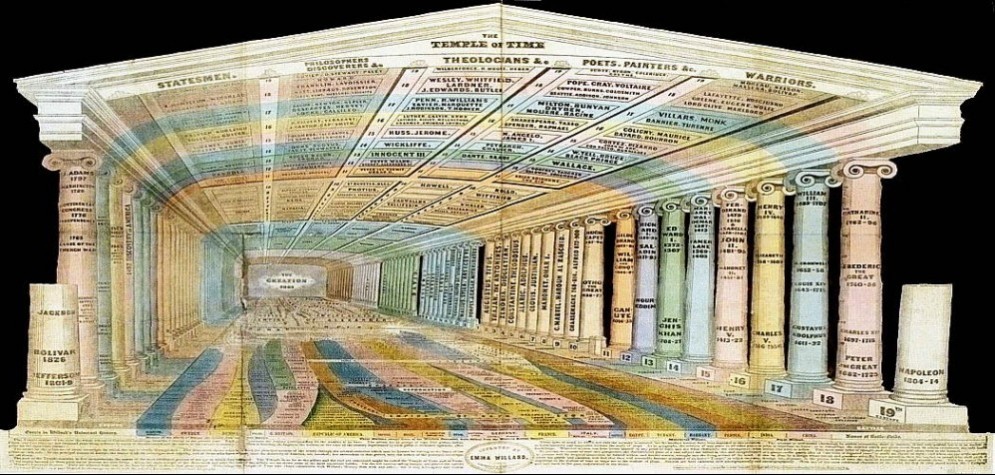
Photo from The Harry Ransom Center’s web exhibit “The Greenwich Village Bookshop Door; A Portal to Bohemia, 1920-1925”. Click on the door to visit the site.
A few years ago, the New York Times featured an article about the short-lived Greenwich Village Bookshop and its very special door. More specifically, about the Harry Ransom Center at the University of Texas, which created a wonderful website for this relic, so that curious types can explore the door in marvelous visual, cultural, and historical detail. It’s an example of the Digital Humanities at its best.
That this artifact of Greenwich Village’s long-gone bohemian past resides in Texas and not on native ground seems (to me) nearly as outrageous as the British Museum’s 200-year exhibition of the Elgin Marbles (although they were better preserved as a result). However, the Ransom Center purchased this piece in 1960, when the Greenwich Village of the ‘teens and 20s had already become a new-fangled bohemia. It seems that nobody here in NYC cared much about an old door back then, and since the iconic-for-us mid-century Greenwich Village has now been converted into a sort of brick-and-boutique Disneyland, and the mid-century bohemians themselves have died or are dying off, what remains of the counter-cultured neighborhood is more ephemeral and in danger than ever before. Photographs fade and disintegrate, and with time so do old stories, vague memories, and vaguer memories of old stories. So will the future of Greenwich Village history be entirely outsourced to the Internet?
But all is never lost, at least for now. John Strausbaugh, for instance, recently published a meticulously researched 400-year biography of Greenwich Village, The Village: 400 Years of Beats and Bohemians, Radicals and Rogues. It’s an impressive work of public history that captures in galloping prose those very stories, vague memories, old photographs, and other material on the verge of disappearance. As long as there are libraries, we’ll have resources such as that. And occasionally something still surfaces at a flea market: Doug Skinner’s growing collection of Bobby Edwards relics, for example.* Ask any native or long-time New Yorker: few places are as here-today-and-gone-in-half-a-decade as a New York City neighborhood, and most especially these days. In fact, this is the one story that never changes.

2 thoughts on “It’s always the same old story”